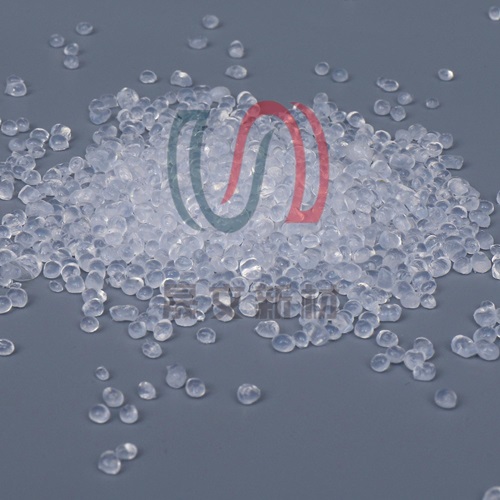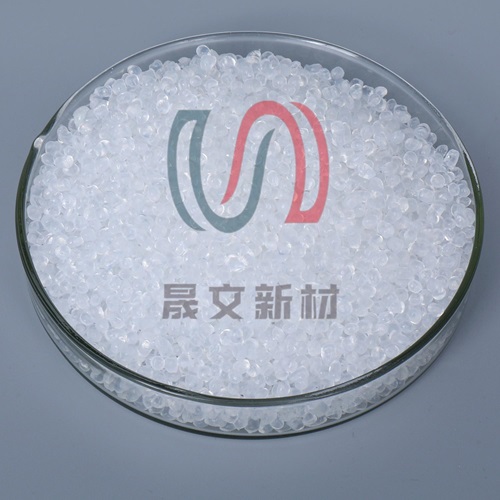In recent years, the price of feather shuttlecocks has seen a significant increase, driven largely by the rising cost and limited availability of natural goose and duck feathers. As a result, the badminton industry is actively exploring advanced materials that can serve as reliable alternatives to traditional feathers. Among the most promising options are PA12 (Polyamide 12) and PEBA (Polyether Block Amide)—high-performance polymers known for their flexibility, durability, and lightweight characteristics. These materials are now at the forefront of innovation in synthetic shuttlecock manufacturing, offering new solutions to an industry under pressure.
The cost of high-quality feather shuttlecocks has seen a significant spike in the Chinese market since 2023. For example, a popular model like Yonex AS-05 experienced several price jumps within one year—from 210 RMB in early 2024 to 225 RMB in March, and again to 275 RMB by July. Just two years ago, the same product retailed for only 95 RMB, marking a nearly threefold increase.
The primary reason? The shortage and rising cost of duck and goose feathers.
Natural feathers, specifically "knife feathers" from the wings of ducks or geese, are a core component of shuttlecock manufacturing. Producing just one feather shuttlecock requires 16 premium feathers, which must be selected from both wings of the bird. Since each duck or goose yields only up to seven suitable feathers per wing, more than two birds are needed to produce a single shuttlecock.
China—home to the majority of the world's feather shuttlecock production—has seen a decline in duck and goose farming over the past few years. While duck and goose output peaked in 2019 at 48.78 billion and 6.34 billion birds respectively, the numbers fell to 42.18 billion ducks and 5.15 billion geese by 2023. This reduction in raw material supply has had a direct impact on manufacturing costs and, ultimately, retail prices.

Synthetic shuttlecocks have long been promoted as a cost-effective alternative, typically made from plastics such as PA6, PA66, or TPU. However, despite advancements in mold design and material engineering, these synthetic options often fall short of replicating the performance of natural feathers:
As a result, synthetic shuttlecocks are widely used for training and recreational purposes, but high-level competition still favors natural-feather models.
To bridge the gap between natural feathers and synthetics, manufacturers are experimenting with high-performance engineering plastics. Two materials are gaining attention:
Polyamide 12 (PA12) is known for its excellent flexibility, fatigue resistance, and low water absorption. It's already used in various parts of shuttlecocks, such as the base or connecting joints. However, most commercially available PA12 resins are transparent or semi-transparent, which can limit their effectiveness in simulating natural-feather appearance and performance in shuttlecock blades. As such, PA12 is not currently a mainstream choice for synthetic feather replacement.
PEBA (Polyether block amide) stands out as a more suitable material for synthetic feathers, offering a unique combination of elasticity, toughness, and environmental stability:
These advantages make PEBA a strong candidate for next-generation synthetic shuttlecocks, especially in applications where cost and durability matter most—such as training, amateur play, or markets sensitive to natural feather shortages.
At Shengwen, we specialize in engineering plastics designed to meet the evolving needs of sports equipment manufacturers. Our PEBA compounds are formulated with:
By offering PEBA tailored for synthetic shuttlecock production, we help clients reduce dependence on natural feathers while maintaining high standards of performance and playability.

As the badminton industry contends with rising natural feather costs and supply constraints, the demand for high-performance synthetic alternatives is growing. While PA12 plays an important role in shuttlecock component design, PEBA offers the best balance of flexibility, strength, and consistency for synthetic feather replacement.
Manufacturers who adopt innovative materials like PEBA are better positioned to meet evolving consumer expectations while controlling costs in an increasingly competitive market.
Interested in upgrading your shuttlecock design with PEBA?
Contact Shengwen today for material samples or technical consultation—we're ready to support your next breakthrough in sports material engineering.
By continuing to use the site you agree to our privacy policy Terms and Conditions.